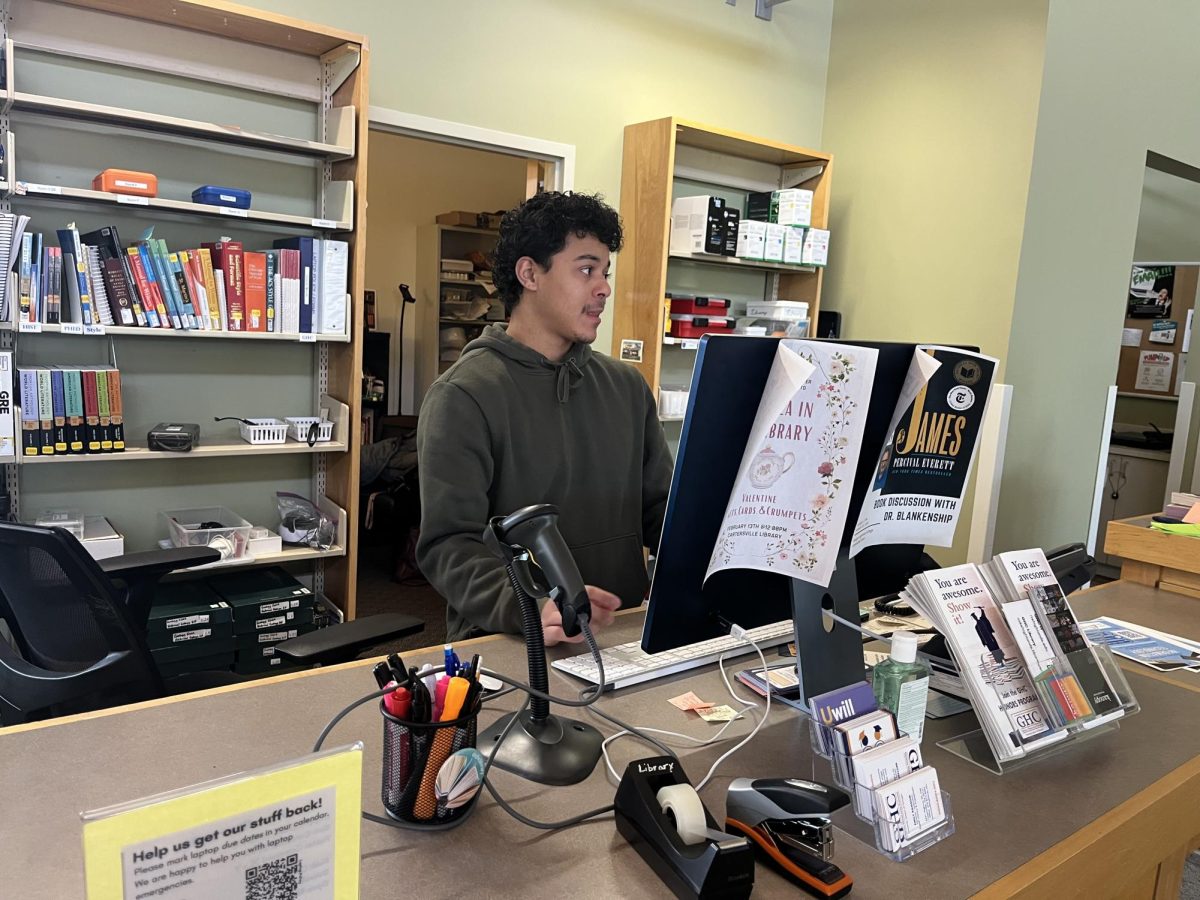As the fall semester came to an end, administration announced that online learning and communication platforms will see a change in the new year.
They announced the transition from Zoom to Microsoft Teams, communication software programs already implemented for online learning. The motivating force behind this change was in consideration of the school’s budget.
“We have been paying around 18k annually for the Zoom platform when the Microsoft Teams platform is already included in the Microsoft package that we pay annually,” Vice President of Finance and Administration, Jamie L. Petty said.
Technology and faculty departments partnered together to evaluate the logistics of this system.

Zoom is slowly being phased on campus in favor of Microsoft teams. Which video chatting platform will reign victorious?
“We did not make this decision quickly but rather GHC’s Information Technology area along with the Center for Excellence in Teaching and Learning (CETL) have been testing it for over a year,” Petty said.
After testing the software for efficiency and longevity, multiple administration departments decided to meet and collaborate on how to effectively make this change.
“The Teams platform can provide the same services as Zoom,” Petty said. “As a state college, we continue to look for ways to be more efficient and resourceful while not sacrificing quality for anyone.”
According to Zapier, Zoom functions primarily as a tool for video conferencing. Teams, in contrast, serves as an all-in-one tool that combines video conferencing and team chat with other productivity features.
Although the change is not immediate for online learning just yet, instructors will have to take the necessary steps to format their online courses to the new platform.
“Initially, I was opposed because faculty members are often creatures of habit, we learn how to do things well and in a certain way and it becomes something we practice,” Associate Professor of Communications, Steve Stuglin said.
A full transition will not go into effect until May, giving students and instructors the space to learn and adjust to the new platform change for future use and success.
“When you are buying institutional access for thousands of people, it’s a lot of money to do those kinds of things, money we can spend on faculty members and student services”, said Stuglin.

































































